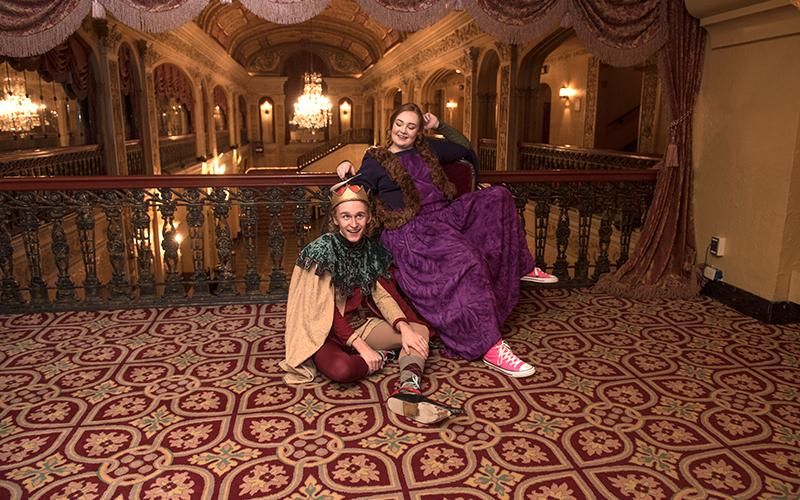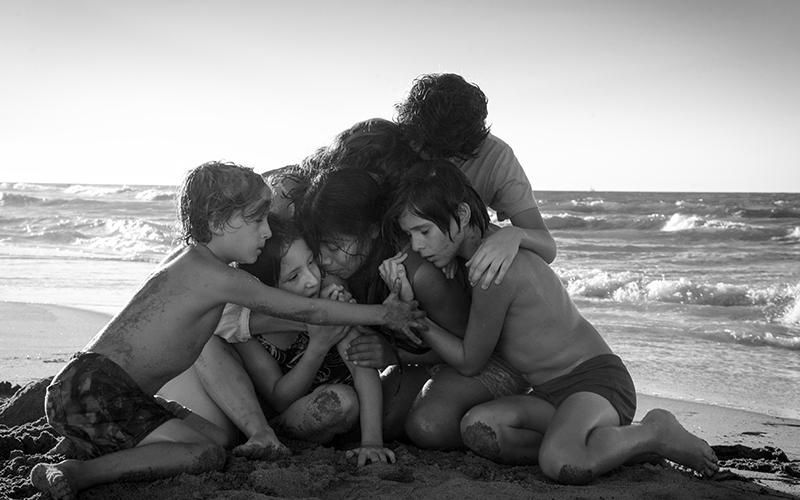Lacking many of the familiar tropes of fairy tales that can make them somewhat frightful, The Princess and the Pea tells the story of a young princess who arrives on the doorstep of a royal family with a marriage-aged young prince.
The protective queen, not believing in the princess’s rank, sets off to prove she is not a suitable mate for her son. The test she chooses is to place a small pea under an enormous pile of mattresses, a way to see how delicate the young girl really is because, after all, a princess is a delicate thing.
The musical version of the tale, Once Upon a Mattress, takes that sweet story and turns it into an energetic romp, with characters that are as memorable as they are a bit wacky.
With music by Mary Rodgers (daughter of famed composer Richard Rodgers), Once Upon a Mattress tells the story of Princess Winnifred and Prince Dauntless, both of whom deal with a number of challenges on their way to happily ever after.
But the journey to that inevitable conclusion is decidedly different than your typical princess tale.
1950s-style humor
Best known for years as a star vehicle for Carol Burnett (who won a Tony for her performance in 1960 and also starred in a version for TV), a more recent version starred Tracey Ullman and provided a chance for Burnett to tackle the role of Queen Aggravain. Successful and well-loved, but it’s not a show that immediately springs to mind when looking for classic musical theater.
Director Craig Humphrey discovered it almost by serendipity.
“We were talking about what musical to do, and nothing quite felt right,” said Humphrey, faculty member for Purdue Fort Wayne’s Department of Theatre. “I happened to be going through a stack of cast recordings with my colleague James Stover, and we saw the cast recording of Once Upon a Mattress. I think in unison we said, ‘What about that?’ It makes perfect sense. It has a large cast with a lot of young characters which is what we’re looking for so we can cast a lot of our students.”
Although some of the students had seen the Ullman version, Humphrey admits that many were unfamiliar with the show, and he found certain elements were a bit foreign to them.
“There’s a whole style of humor that turns up in TV, movies, and theater from the 1950s and 1960s,” he said.
“That era approached humor in a different way with a lot of spoofs and sketch comedy. It has its roots in vaudeville so I had to get them to understand that a bit. But I’ve been enjoying that, introducing them to it.”
Introducing students to a different style of humor is one thing — making it comfortable for them to play it for laughs is something else.
“We had our first run through, and it hadn’t gone well,” Humphrey said. “The next night I talked to them about what the whole nature of the show is. It’s character driven, not plot driven. And the characters are real people but exaggerated versions of real people. And they all began saying, ‘Oh. Oh. Oh!’ That made a huge difference. It’s been fun to expose them to a lost form of comedy. It’s the sheer silliness that comes from that level of exaggeration that really drives the humor in the show.”
Fun but obscure
The students have also been exposed to some songs they likely never heard before.
Unlike some of the classic Rodgers and Hammerstein or Lerner and Loewe musicals from that era, which feature songs well-known to those who may never have seen a staging or film version, many of the songs from Once Upon a Mattress are a bit obscure to the casual fan.
“I think musical theater people tend to know the songs, and maybe some others know some of the bigger songs like ‘Shy’ or ‘Normandy.’ But for the most part, the songs haven’t had a lot of life outside the show and are so specific to the show that they aren’t heard very much.”
Aside from the students who provide the majority of the cast, there’s one actor who is making a triumphant return to a role he played previously at IPFW.
“Our king is played by Reuben Albaugh, who was our king when we last did this show about 15 years ago and is now our box office manager,” Humphrey said. “That last production was directed by Larry Life, and Reuben was a senior that year and is now returning to role again, so there’s something very full circle about that.”
Humphrey was also involved in that production, providing the costumes, many of which are being used this time too.
“When I designed the costumes for that production 15 years ago, they were some of my favorite costumes I’d ever designed. I wanted to use as much of that as possible, not only because it reduces the burden on our costume shop but because I really liked what I did with them.”
Humphrey also credits his technical director Robert Shoquist for adding a few modern touches to the show and his choreographer Gary Lanier and musical director Holly Knott for bringing their talents to the production. Having had to explain the humor to his cast, Humphrey said it remains to be seen whether audiences enjoy the way Once Upon a Mattress broadly spoofs the conventions of fairy tales and romance. It seems likely they will.
“One reason that I adore this show is because it exists for no other reason than to entertain. And there’s nothing wrong with that.”
 Submit Your Event
Submit Your Event




